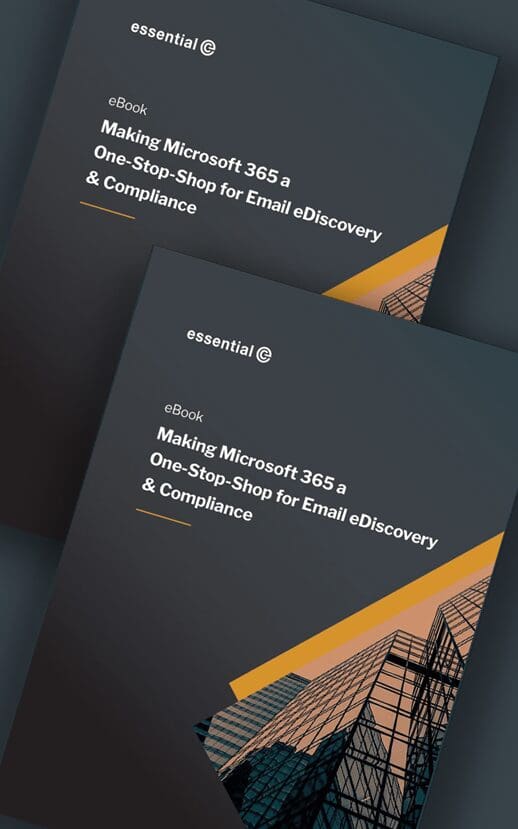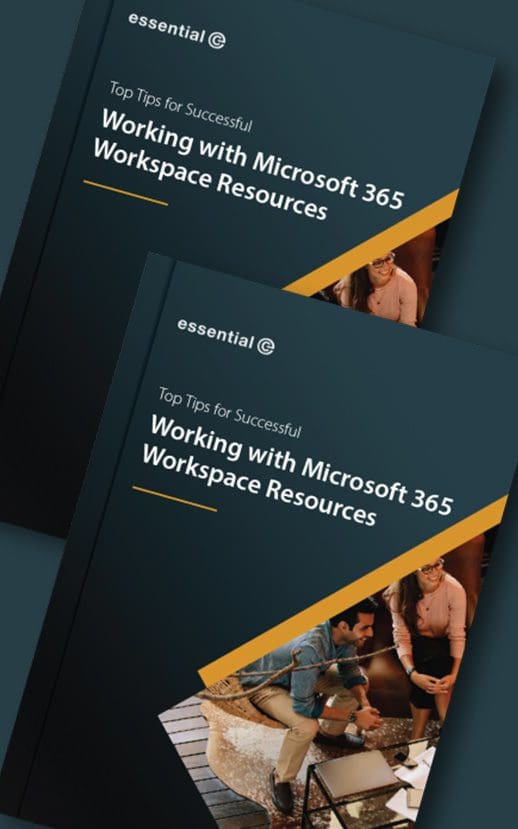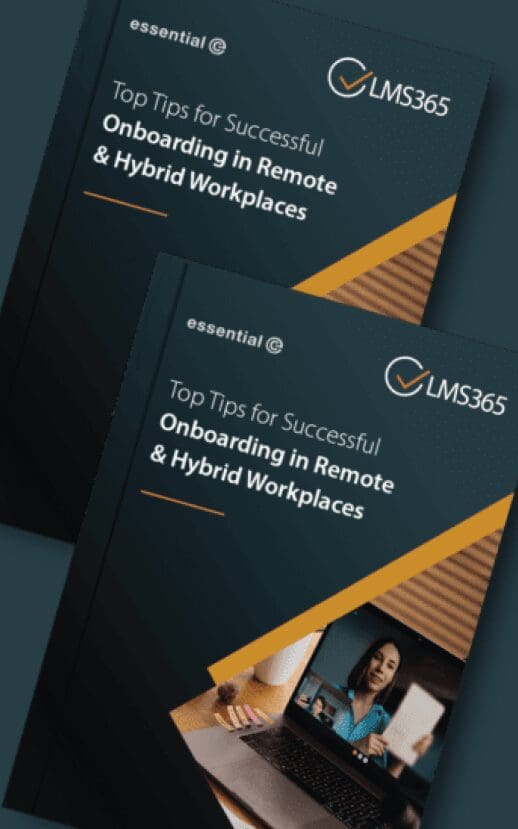Employee Engagement
The Double-Edged Rise of AI Adoption in the Workplace
AI has officially moved beyond the hype. In organisations across all sectors, it’s no longer a thing of the future – it’s woven itself into daily operations, thanks to the rapid rise of generative tools like ChatGPT and Microsoft Copilot. Whether it’s summarising rambling meetings, fixing code, pulling together the best paras for a proposal, or co-ordinating ‘in-office days’ with your co-workers, AI is being embedded into the tools people already use.
Adoption is only accelerating. According to a 2025 global McKinsey survey, nearly all companies are investing in AI and 92% plan to increase their investments in the next three years. Clearly, businesses aren’t waiting on the sidelines.
Yet even as AI tools promise increased productivity and faster workflows, there’s a bit of tension bubbling under the surface. According to the same survey, just 1% of the companies that have adopted AI feel they’ve truly reached ‘AI maturity’. Leaders are clearly navigating a growing gap between employees who are embracing AI and those who aren’t. There’s also the risk that tools are being rolled out faster than people are trained to use them effectively, leading to confusion, misuse, or missed opportunities. And with that comes a bigger conversation: how do we maximise the upsides of AI – without losing sight of its risks?
In this article, we take a look at the pros and cons of AI in the workplace – what it’s helping us achieve, where it’s falling short, and why thoughtful adoption matters more than ever.
Here’s the Pros of AI
Getting More Done, Without Working More Hours
Sounds good to me. Over half of UK workers, and an even higher proportion of managers say they’re being asked to do more than one person’s job.
So having AI ‘stepping in’ to take some of the load can be genuinely useful. In fact many organisations – including Essential – are piloting tools like Microsoft 365 Copilot to automate administrative tasks, such as summarising lengthy documents or Teams meetings, and generating first drafts of reports.
Softcat, a UK-based IT infrastructure provider, rolled out Copilot for Microsoft 365 licenses to all employees after a successful trial, citing productivity gains and more effective customer interactions.
In fact, nearly three-quarters of UK business leaders think AI ‘agents’ will be embedded into day-to-day operations within the next couple of years.
Better Work, Fewer Mistakes.
One of AI’s underrated strengths is improving quality. It can flag up errors, ensure consistency, and offer real-time suggestions, especially in areas like customer service.
Tools like GitHub Copilot, powered by OpenAI Codex, are enabling developers in European firms to code more efficiently.
Interestingly, even less experienced staff can perform at a higher level when supported by AI. I am increasingly seeing AI as a digital coach that helps raise the bar across the board. I do find it easier sometimes to just not have a blank page – having those suggestions can get you off the starting blocks that little bit quicker.
New Tools, New Possibilities.
AI doesn’t just make current processes faster, it opens the door to completely new ways of working. Whether that’s a marketer creating dozens of visuals in a single morning, or a journalist combing through thousands of documents in minutes, the mix of human expertise and AI horsepower unlocks new levels of creativity and problem-solving. Enhancing human potential.
Smarter Collaboration.
AI is also changing how teams work together. Meeting transcripts, automatic summaries, and AI-powered knowledge bases mean that information is easier to access, share, and use. This helps cut down on duplicated effort and wasted time spent hunting in six different mailboxes or Teams for answers – just ask Copilot.
AI is even helping us make smarter decisions about when to head into the office. Microsoft Places, which is ‘powered by Copilot’, can recommend the best days to go in based on when your key people are also likely to around – helping avoid that all-too-common feeling of ‘commute regret’.

And Here’s the Cons of AI in the Workplace
Lack of Trust
Let’s be honest – the AI conversation isn’t all rosy. While many people are feeling the benefits, others are worried. It’s a mixed picture, and it really depends on how AI is introduced and supported.
Fears Over Job Replacement
Many people are nervous. Questions like ‘Will this make my job redundant?’ or ‘Am I falling behind my peers?’ are what I hear as common concerns. In fact, around half of employees say they worry about being replaced by AI – even as they recognise its potential to save time. It’s a contradiction, but a very human one.
The good news is that most people welcome AI taking on the boring, repetitive tasks. Automating admin frees us up to focus on more meaningful work—like actually talking to customers or interpreting insights, rather than just compiling reports. Unsurprisingly, this shift tends to lift both morale and job satisfaction.

The real challenge for employers is to be transparent about what’s changing and why – and to invest in training for people to get the most out of AI, and not just focus on automation.
Plenty of people are using AI tools, but not everyone fully trusts them.
Whether it’s a chatbot making an error or a draft email that needs tweaking, most of us are still checking and correcting what AI produces. If not – we should be!
Building trust means making sure the tools we use are reliable, safe, and well-governed. For example, if your organisation hasn’t properly managed access permissions or cleaned up its data sources, tools like Copilot could accidentally surface sensitive or invalid information – like outdated project documents. We’ll cover the technical side of getting your data foundations in order in another article.
It also helps when teams feel involved in how AI is rolled out, not just handed new tech with no explanation. This means training is essential, which is another subject ‘TBC’!
Over-reliance Can Damage Credibility
While AI can be a powerful productivity booster, over-reliance comes with real risks.
Taking ChatGPT or Copilot responses at face value without fact-checking can lead to the spread of misinformation.
Also, if you’re like me, you can detect AI-generated blurb a mile off. It’s over-polished for a start – which obviously isn’t my style! As such, it can really undermine the authenticity of blogs and customer proposals to the point where it can damage your reputation.
Internally, there’s also growing concern around employees passing off AI-generated work as their own, particularly in remote or hybrid environments where oversight is trickier.
The ‘AI Divide’
One trend to watch is the growing gap between employees who use AI confidently and those who don’t. If left unchecked, it could lead to a two-speed workforce where ‘power users’ get ahead and others feel left behind. That’s why inclusive training is key; everyone should have the chance to learn, try things out, and see how AI can help them in their specific role.
Check out Microsoft’s UK study which warns about the risk of the ‘AI divide’.
Raised Expectations
AI could help us reduce burnout by taking on some of the excess workload and in some forward-thinking companies, it already is. However, there’s a very real risk that productivity gains could lead to raised expectations instead of having a better work-life balance: Now we can achieve more, will we just be constantly pushed to deliver more?
The sweet spot is using AI as a support tool, not a ‘pressure multiplier’. That means keeping an eye on how it affects team culture and making sure mental health doesn’t suffer just because we can now do more. Which in turn means leadership needs to be keeping humans front and centre of their planning and decision making.
The Policy Piece: What’s Happening in the UK and EU
As organisations weigh the benefits and risks of AI, regulation is also becoming part of the conversation. It’s no longer just about what AI can do – it’s also about what it should do, especially when it impacts people’s jobs, privacy, and wellbeing.
In Europe, the EU AI Act (coming soon) takes a risk-based approach. If you’re using AI to make decisions about hiring, firing, or performance, it needs to meet high standards for fairness, transparency, and human oversight.
In the UK, the government is taking a lighter-touch approach to AI, focusing more on guidance than strict regulation. But that doesn’t mean businesses can or should ignore ethics. Existing laws around data protection, discrimination, and employment still apply.
Forward-thinking companies are already building their own internal frameworks, offering AI ethics training, and working with staff councils or unions to make sure AI is introduced fairly and transparently.
Final Thoughts
The horse has well and truly bolted. AI is here to stay, and in many ways, that’s a good thing. It’s already helping people work smarter, reduce repetitive tasks, and unlock new ways of being creative and effective. But the human impact really depends on how it’s handled.
As AI reshapes the nature of work, it’s also redefining our roles – pushing us to focus more on the tasks it can’t easily handle.
This is the human stuff like decision-making, empathy, and strategy. The best of all worlds is not to replace people, but act like a colleague. A tool to help us work smarter, not harder – but only if we also invest in the skills and support needed to use it well.
The best outcomes come when organisations:
- Involve employees in the process.
- Provide clear guidance and training to employees.
- Create a culture of experimentation and learning- share what’s working well.
- Use AI to support, not replace, the human side of work.
We’re not heading for a dystopian future where robots take over (that’s not our vision at Essential certainly!), but we are heading for a workplace that looks very different to the one we knew just a few years ago. If we get this right, the shift could be one of the most positive workplace transformations in decades.
Want to learn more about our learning & engagement solution for Microsoft 365?
Get in touch to arrange a chat or a demonstration.













